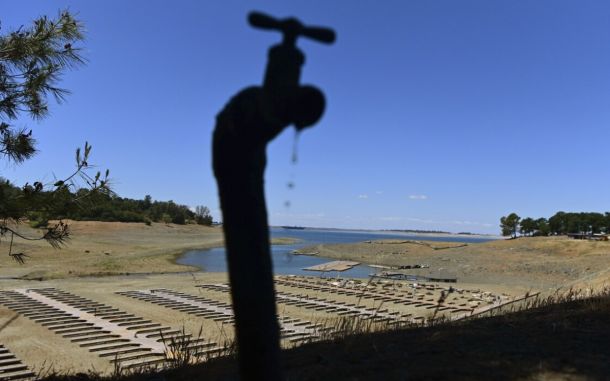COP27: What have global leaders done on climate change in 2022?

COP27 stands for the 27th Conference of the Parties to the United Nations Framework Convention on Climate Change.
The climate COP is an annual meeting of delegates from nearly every country on Earth to negotiate global goals for tackling climate change, present their individual countries’ plans for contributing to those goals, and report on their progress.
World leaders agreed a historic new climate agreement at COP27 in Egypt.
They have committed to establishing a fund to help countries being impacted by climate change, but they have not raised ambition on cutting emissions.
The agreement comes a year after the Glasgow Climate Pact was signed, which contained new pledges on coal, forests and money.
Progress on these pledges could provide an indication of how likely nations are to succeed in achieving what has just been signed off in Sharm el-Sheikh.
Results and Key Findings of COP27
Loss and Damage
The most significant finding, also communicated as “the cover decision” showed substantial progress on loss and damage. The participating negotiators agreed to establish a dedicated fund for vulnerable countries in the global south, with a ‘transitional committee’ to start work in 2023 on how to implement the new funding mechanism. It was also agreed on the institutional arrangements to operationalize the Santiago Network for Loss and Damage, to improve technical assistance to developing countries that are especially vulnerable to the various effects of climate change. Parallely, a five-year work program was launched, which shall promote climate technology solutions in these countries.
Mitigation
Looking at mitigation, a new ‘mitigation work program’ was launched in Sharm El Sheikh aimed at scaling up mitigation efforts and implementation until 2030. Governments were also requested to revisit and strengthen the 2030 targets in their national climate plans by the end of next year as well as strengthen efforts to phasedown unabated coal power and phase-out inefficient fossil fuel subsidies. This does not include a phase out of coal power or mention emissions originating from the use of gas and oil, which was seen critically by many participating countries.
Renewal of former Commitments
Although discussed and questioned by several participants and big emmiters, the commitments made in Paris and Glasgow were renewed, however no stronger climate goals and ambitions were put into work, which left the majority of negotiators frustrated.
Role of the Private Sector
Regarding the private industry, the communique also “highlights that about US$4 trillion per year needs to be invested in renewable energy up until 2030 to be able to reach net zero emissions by 2050″. This shows that the global industry has a large and central role in moving the world forward towards a fossil-free future.
Summary
• Major breakthrough on loss and damage funding for vulnerable developing countries suffering the most from the effects of climate change.
• Agreements on mitigation measures only include a coal phase down (instead of a phase out) and ignore emissions from the use of gas and oil.
• Mitigation commitments from Paris and Glasgow were renewed but not strengthened or ambitions increased
• To be able to reach net zero emissons by 2050 about US$4 trillion per year needs to be invested in renewable energy.





Leave a Reply
You must be logged in to post a comment.